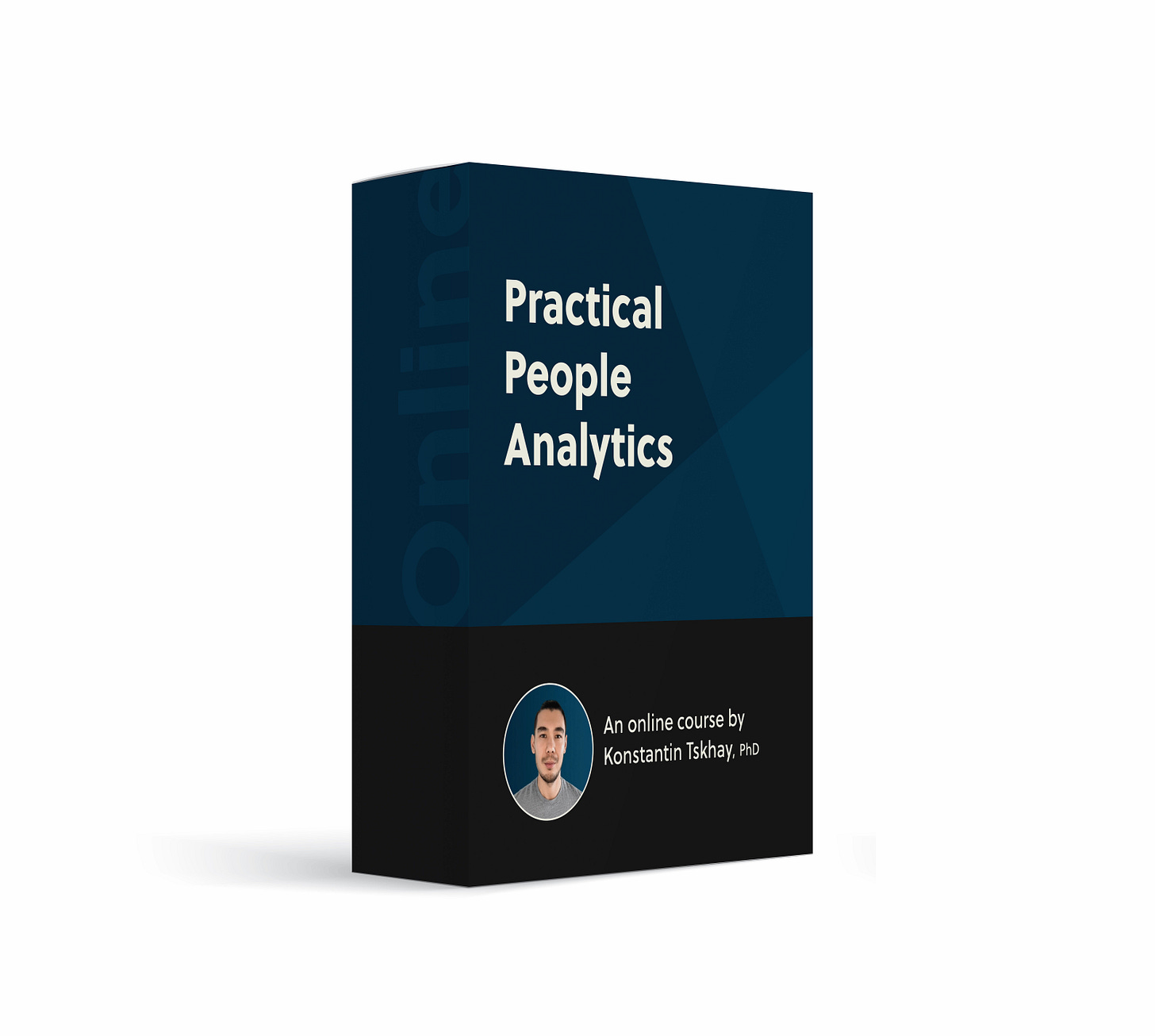Hey friends,
Let’s talk about company culture.
What is culture?
Why do we think it matters?
Why does it eat strategy for breakfast? Or does it?
OMG! My brain hurts!
But we gotta answer these and other questions about organizational culture today!
If we don’t, we might as well be LinkedIn bimbos using cliches and not knowing all of those things mean.
In this newsletter, I will share:
A classic definition of culture
Two ways culture is defined in modern organizations
Let’s go!
1. A Classic Definition of Culture
Did you know that Dr. Tskhay (ahem, MEEEEE!) used to teach Cultural Psychology at the University of Toronto and has published a few articles on the subject?
But, bragging aside… what is culture after all?
Dun dun dun….
Like other complex things we talk about, culture is one of those terms everyone intrinsically understands but does not have the right words to describe.
Like other psychologists, I define culture as a shared system of meaning. That is an understanding of how the world works, including customs, traditions, norms of behaviour, and artifacts that live in space and time.
Boom!
This means organizational culture is a shared system of meaning within an organization, including rituals, customs, traditions, values, and norms of behaviour.
What is different is that organizational culture is a subculture within a broader societal culture.
#inception
For example, suppose the social norm states that toxic behaviour is unacceptable. In that case, the organizational culture described as toxic will not survive in the world for long as broader social norms will squash it.
Therefore, organizational culture is partially made up of the broader culture, with unique augmentations to generate a unique identity.
Now that we know what culture is let’s chat about how we define organizational culture in People Analytics and HR.
2. Two ways culture is defined in modern organizations
Although most people understand organizational culture broadly, they don’t measure it well.
Let me illustrate:
When I ask people, “how do you measure culture?”, I usually hear things like:
We run focus groups to understand how people feel
We have an engagement survey that allows us to tap into what culture is
We have a toxic culture within the organization! HELP!!!
None of the above really digs into measuring culture as a shared system of meaning. Instead, each measures employee feeling about the culture.
Thus, most organizations do not measure culture; they measure the valence around the culture: positive or negative.
As you can see, this is problematic because though you might know that things are not working, you don’t know what exactly and why till you dig deeper. On the other hand, it is difficult to identify how to double down on the positive elements of culture to boost engagement (note, a separate construct) higher.
So, in other words, most organizations measure culture as people’s attitudes about the organizational culture.
The second way of measuring culture is less common and more precise.
Looking at the elements of the culture.
In this case, you would look at the system of meaning itself, including the mission, vision, values, and artifacts, and examine how much they are lived within the organization.
Here, you can again take a look at perceptions of all these elements: Do people live value A in Company X day to day? How connected do you feel about the Company X? Employee X’s performance is aligned with our values. Etcetera.
Here you are starting to look at the individual elements of the culture and assessing their presence in the organization, people’s hearts, and behaviours.
Good on you.
But what is even more important than the two ways of assessing organizational culture is assessing its effect on the outcomes, such as engagement, retention, and performance.
After all, we can talk all we want about the changes we can make to values, fit, etc. But none of this matters if it does not produce results.
Keep your eye on the prize, friends!
Ciao!
Learn People Analytics in a Practical Way!
Check out my new Practical People Analytics Course that covers the most common questions I get from HR professionals:
What metrics should I use?
How do I measure engagement?
How do I make sure there is no bias in my comp?
What is the best way to measure performance?
How can I use advanced analytics to drive action?
Which means… you will have everything you need to build your data-driven HR function.









